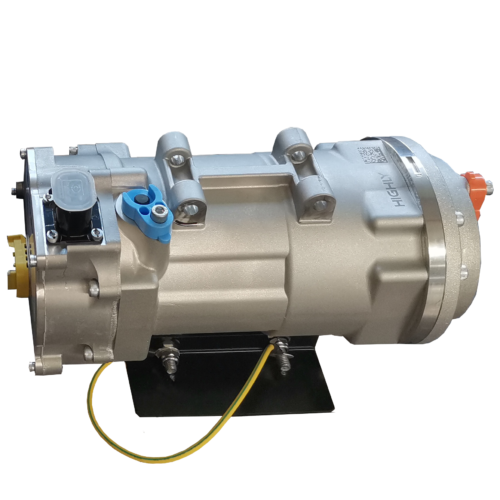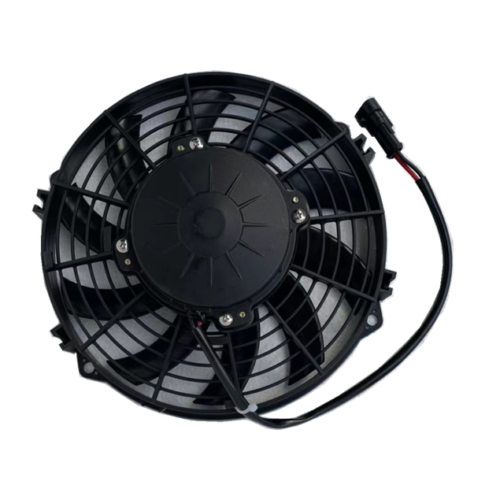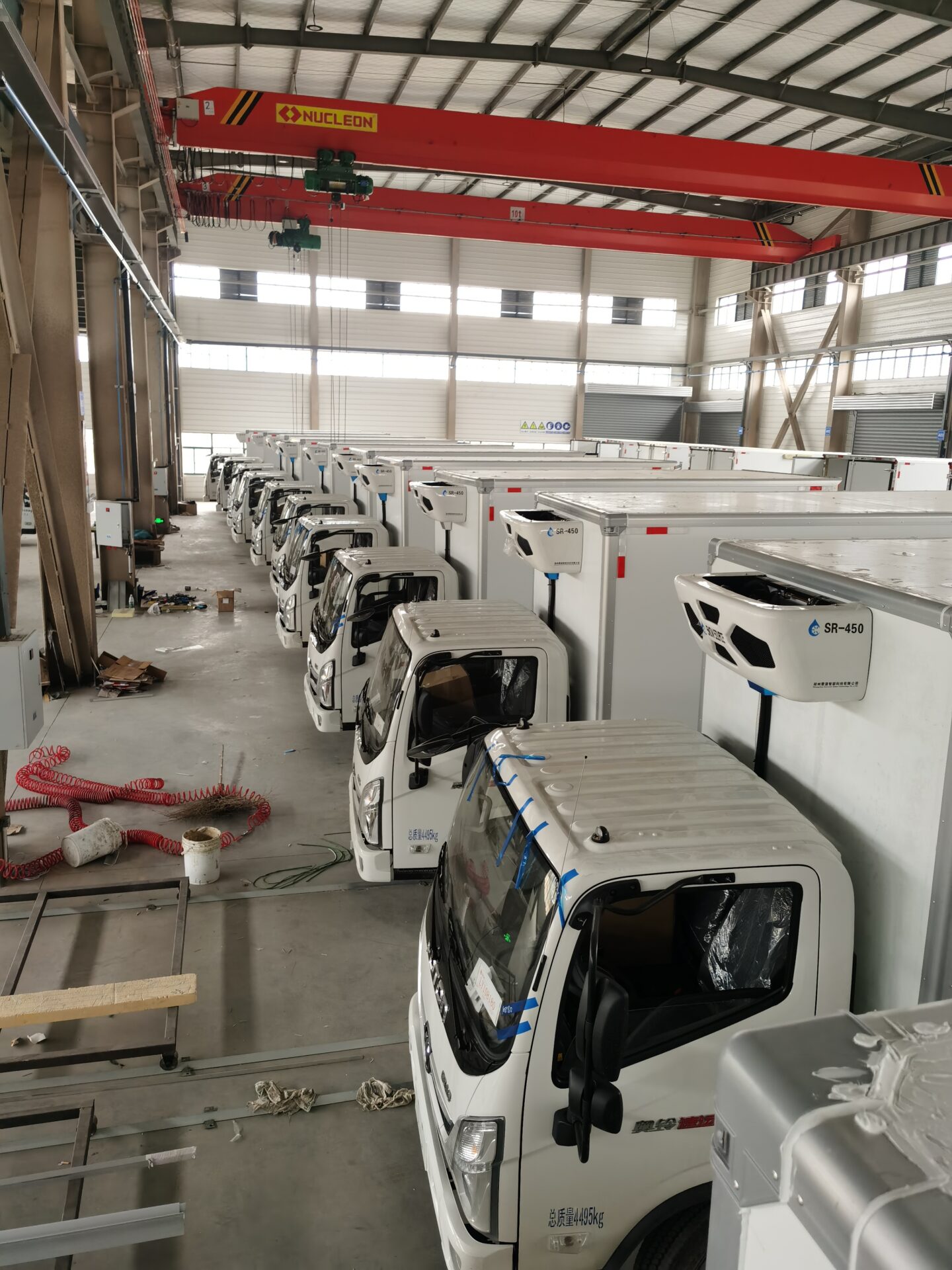
The air conditioning system installed on the roof of the bus has three significant advantages:
Improve space utilization: By installing an air conditioning system on the roof, the external space of the bus can be effectively utilized. In this way, the space inside the car can be maximized, which can accommodate more passengers and provide more seats, thus improving the passenger riding experience.
Optimize the heat dissipation effect: Placing the air conditioning system on the roof of the bus can make full use of the air convection principle to improve heat dissipation efficiency. This ensures that the air conditioning system can operate efficiently and stably, providing passengers with a more comfortable riding environment.
Easy installation and maintenance: The roof position provides convenience for the installation of the air conditioning system, and the laying and fixing of pipes is relatively simple. In addition, when maintenance or repairs are required, the roof position is also more accessible, reducing maintenance costs and time.
Component details – How the bus air conditioning system works?

Passenger car air conditioning compressor
Function: The compressor is responsible for sucking in gaseous refrigerant and compressing it. This process will significantly increase the temperature and pressure of the refrigerant, turning it into a high-pressure and high-temperature gas form.
Passenger car air conditioning condenser
Function: The main function of the condenser is to exchange heat between the high-temperature and high-pressure gaseous refrigerant discharged from the compressor and the external environment (usually air or water). Through this process, the refrigerant releases heat to the environment, cools and condenses into a liquid state.
Passenger car air conditioner evaporator
Function: In the evaporator, liquid refrigerant evaporates. The evaporation process requires the absorption of heat, which comes primarily from the surrounding air. As a result, the air is cooled as it passes through the evaporator and is then fed into the interior of the coach, providing a cooler environment for the passengers.

Evaporator fan function: The evaporator fan is responsible for sucking the cooled air from the evaporator and blowing it into the car, thereby creating a cool and comfortable riding environment.

Condenser fan function: The main function of the condenser fan is to dissipate heat. As the gaseous refrigerant flows through the condenser, it releases a large amount of heat. The high-speed rotation of the fan will introduce outside air to cool the condenser and help the refrigerant change from gaseous to liquid state.



